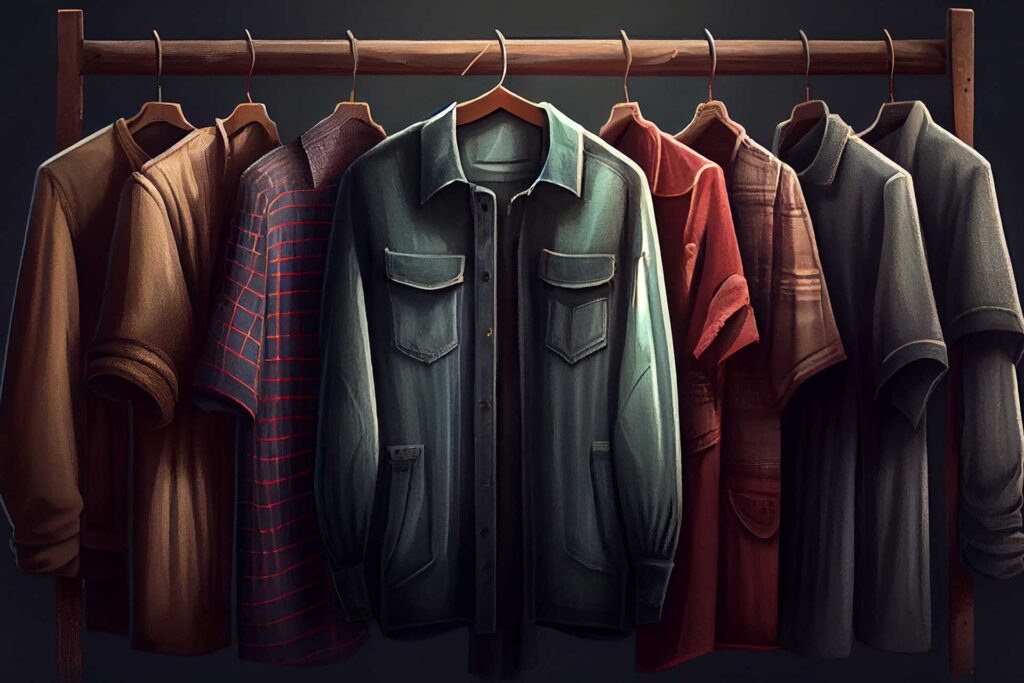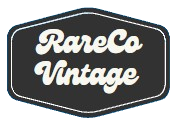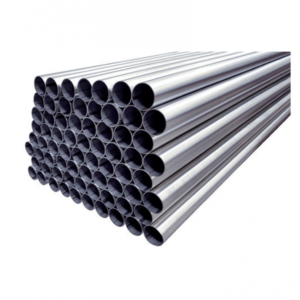Vintage items hold a special allure, capturing the essence of bygone eras and adding a touch of nostalgia and charm to our lives. Whether it’s a cherished family heirloom, a rare collectible, or a prized flea market find, preserving vintage items requires careful attention to ensure their longevity and beauty for generations to come. In this comprehensive guide, we’ll share essential tips and techniques for caring for and storing vintage items, from clothing and textiles to furniture and collectibles.
- Assess the Condition:
Before implementing any preservation measures, it’s essential to assess the condition of your vintage items. Inspect each piece carefully for signs of damage, deterioration, or wear, taking note of any stains, tears, loose threads, or structural issues. Assess the materials, construction, and age of each item to determine its susceptibility to damage and the appropriate preservation techniques needed.
- Clean with Care:
Regular cleaning is essential for preserving the beauty and integrity of vintage items, but it’s crucial to proceed with caution to avoid causing further damage. Use gentle cleaning methods and mild, non-abrasive cleaners appropriate for the materials and fabrics involved. Test any cleaning products or techniques on a small, inconspicuous area first to ensure compatibility and avoid adverse reactions. When cleaning delicate textiles or fragile surfaces, consider consulting a professional conservator for expert advice and assistance.
- Handle with Care:
Proper handling is essential for preventing damage to vintage items, particularly those that are fragile, delicate, or susceptible to deterioration. Always handle vintage items with clean hands and avoid excessive handling or manipulation to minimize the risk of tears, stains, or abrasions. Use protective gloves or tissue paper when handling textiles or delicate fabrics to prevent oils, dirt, or moisture from transferring onto the surface.
- Store in a Suitable Environment:
Creating a suitable storage environment is crucial for preserving the condition and longevity of vintage items. Choose a clean, dry, and well-ventilated space away from direct sunlight, moisture, extreme temperatures, and fluctuations in humidity. Avoid storing vintage items in basements, attics, or garages where they may be exposed to pests, mold, or environmental damage. Use archival-quality storage materials such as acid-free tissue paper, muslin cloth, and archival boxes to protect vintage textiles, documents, and photographs from deterioration and degradation.
- Protect from Pests:

Pests such as moths, beetles, and rodents pose a significant threat to vintage items, especially textiles, wool, fur, and natural fibers. Take proactive measures to protect your vintage collection from pests by storing items in sealed containers or garment bags, using cedar blocks or lavender sachets as natural deterrents, and periodically inspecting stored items for signs of infestation. Consider consulting a professional pest control expert for advice on effective pest prevention and treatment methods.
- Support Fragile Items:
Provide adequate support and protection for fragile or delicate vintage items to prevent distortion, stretching, or damage. Use padded hangers or archival-quality garment bags to support vintage clothing and textiles, and avoid hanging heavy items or storing them in overcrowded closets where they may become crushed or misshapen. When storing fragile collectibles or decorative objects, use display cases, shelves, or cabinets with adjustable shelving to accommodate different sizes and shapes while minimizing the risk of breakage or damage.
- Monitor and Maintain:
Regular monitoring and maintenance are essential for preserving the condition and integrity of vintage items over time. Periodically inspect stored items for signs of deterioration, damage, or pest activity, and take appropriate action to address any issues promptly. Rotate stored items periodically to prevent uneven fading or wear and ensure proper airflow and ventilation within storage containers or spaces. Consider investing in professional conservation or restoration services for valuable or irreplaceable vintage items to ensure their long-term preservation and enjoyment.
Preserving vintage items requires a combination of knowledge, care, and attention to detail to ensure their longevity and beauty for years to come. By following these essential tips and techniques for caring for and storing vintage items, you can protect your cherished treasures and maintain their historical and sentimental value for future generations to enjoy. Whether it’s a vintage dress, a mid-century modern chair, or a collection of antique photographs, each item tells a story and deserves to be preserved and cherished as a precious piece of our cultural heritage. So, take the time to care for your vintage collection with love and respect, knowing that your efforts will help preserve the past for the enjoyment of generations to come.




